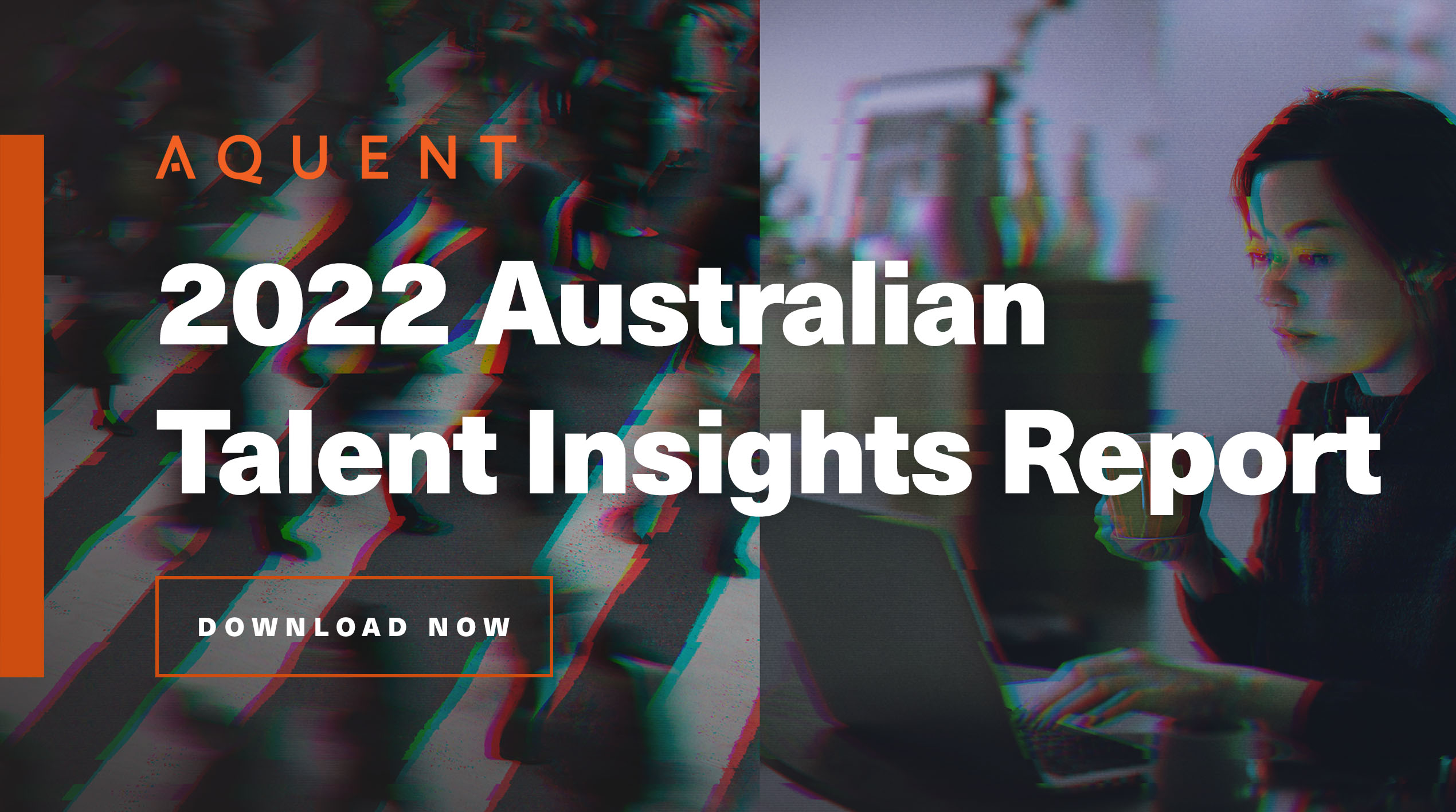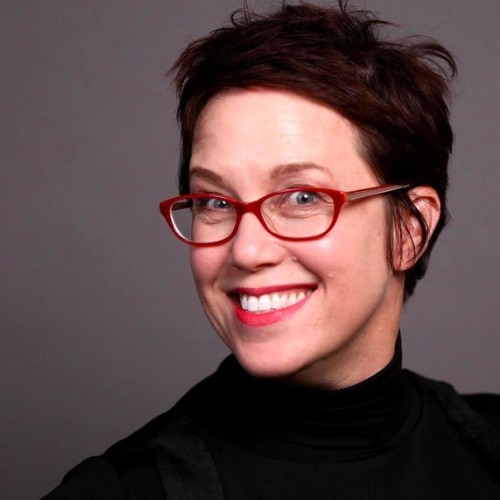One day in late March 2020, employees left their offices and were told to work from home. Almost everyone thought it was a temporary thing. Except those weeks stretched into months, which stretched into two years (so far, anyway).
Work lives suddenly included home-schooling, desk sharing, dogs barking, and managing multiple at-home stakeholders of different generations with different needs and wants. Some of us were classified as ‘essential’ workers and continued to work. Some of us faced the reality of being furloughed or unemployed.
Now, as we begin to see the light at the end of this long, grim tunnel, one thing has become eminently clear: We are not the same
Sure, we look the same, speak the same, and many of us are probably returning to the same office. But we are not the same. The way we view the world has fundamentally and permanently shifted. The beliefs, assumptions, and rules of ‘how things work in the world’ in pre-pandemic 2019 are not the same as they are today, in 2022. We think differently about nearly everything.
Before 2020, life had a feeling of predictability. The pandemic brought the realisation that in an instant, anything can change. In an instant, your whole life can change.
I’m self-employed, and my business was slashed by 85% in 2020. And just as business started picking up for me in early 2021 the second wave of lockdowns crippled it once again. I never imagined a world where I would be prevented from working and earning an income by politicians and medical bureaucrats. But I survived, unlike the hundreds of empty shopfronts in Potts Point, Surry Hills, and the Sydney CBD. The world is not as stable and predictable as we once thought it was as COVID revealed the fallacy that we can be certain of the future.
While there are many other ways in which we now think differently about the world (I could go on and on), I want to focus on work and the workplace.
The employee who is returning to work is not the same employee who left the office in early 2020, and companies will need to adapt.
According to Pew Research Center, less than 20% of people worked from home before the pandemic. By the end of 2021, 71% were doing their job remotely, and in fact, according to Aquent Australia‘s 2022 Talent Insights Report, 98% want to work remotely at least some of the time with the majority preferring only two days in the office.
And so, the pandemic revealed another fallacy: That work needs to happen in the workplace, and that ‘work’ and ‘life’ are separate entities.
In 2019, we were keeping ‘work’ and ‘life’ separate. There were parents, roommates, partners and kids at home, and managers and colleagues in the office.
Working from home physically brought work and life together
Children and pets wandered into business meetings, people worked from their tiny apartments, and coffee breaks became time for household chores.
The boundaries between work and home were blurred and many people have come to a startling realisation: Before the pandemic, we let our work displace our families and personal lives. I know I missed many of my children’s milestones and wasn’t present for many of the daily routines of home life.
When it comes to work and the workplace, the last two years have reshaped our priorities and shifted our perspectives.
I believe that a new truth has emerged, and people won’t let it happen again. What was once acceptable is no longer seen as desirable or even tolerable.
Now, working from home two or three days a week is an expectation. Now, long commutes to and from work are unacceptable. Now, life comes before work, health over deadlines, family over commuting, and seeing friends over working late in the office.
Now, we are not the same people as we were in 2019. We’ve changed, we’ve grown, and we’ve learnt that there is no such thing as ‘work-life’ balance: The balance has to be within you.
Latest.

How to keep top talent: Strategies for successful onboarding
Hiring Insights, Ask Aquent, Training Resources

AI and the job search: What’s changed and how to come out on top
Technology, Job Seeker, Industry Trends

How Creative Ops Leaders are driving value in 2025 and beyond
Industry Trends, Leadership





